With as many smart devices as our homes have these days, it shouldn’t be a surprise that home security devices are becoming cheaper and smarter as well. While Nest and Ring are the go-to options for most people, they require a costly monthly subscription that can cost you hundreds of dollars each year to simply monitor or record video from your doorbell or security cameras.
It may not sound like much when you break it down by month or even by year, but the numbers can quickly surpass the $1,000 mark if you intend to use these systems the next decade or so.
Since that’s quite a bit more than I wanted to spend, I started looking for a system with an optional monthly plan while also allowing me to record video feeds locally so that I didn’t have to rely on the subscription service if I didn’t need to. This you’d allow me to no only save money, but also have video footage from the cameras if my home internet service cut out. I the end, the Nooie Cam Doorbell and a few of their indoor and outdoor security cameras seemed like the perfect match for what I was looking for.
Nooie Cam Doorbell
The first Nooie product we added to our house was the Nooie Cam Doorbell. We moved into our current house a little over a year ago and quickly found out that the doorbell didn’t work. The house is 101 years old and there’s likely a broken wire somewhere hidden inside the walls. Fortunately, the Nooie Cam Doorbell doesn’t need to be wired up to operate since it sports a massive 10,000 mAh battery that keeps the video doorbell operational for roughly a month (more on that in a bit).
Installing the Nooie Cam Doorbell was exceptionally simple. After removing the old doorbell, I placed the mounting plate in the same exact spot, screwed it in, and then slid the new doorbell into place. Nooie provides an angled mounting place as well if your door doesn’t face the street, allowing the camera to have a better view of people as they approach the house. Once that was done, I plugged in the base station which acts as the indoor speaker for the doorbell and houses the microSD card, and followed the in-app instructions to set up the Nooie Cam Doorbell with my home WiFi network. The whole process took less than 10 minutes.
While I’ve seen video doorbells for the better part of a decade at trade shows and friend’s houses, having one installed at my own house was quite exciting. The doorbell camera worked flawlessly, alerting us when USP or FedEx dropped off a package without ringing the doorbell, capturing random cars using our driveway to turn around, or even tracking the neighborhood cat that apparently likes to jump up onto our porch every morning and sit in the sun.
If you don’t want to receive a million notifications a day, Nooie allows you to customize the tracking zone in front of the doorbell with 6-feet, 12-feet and 20-feet zones. You can also set “Human-Shape Detection” or schedule only specific times that you want to receive motion detection notifications.
Video quality from the camera is fairly impressive. The wide-angle camera allows our entire front porch to be recorded, capturing a person’s face even if they are standing within 18-inches of the doorbell. The 2k video revolution isn’t the highest available from a video doorbell, but it’s certainly crisp enough to make out a person’s facial features when they are 10-15 feet away. Like most other doorbell cameras, Nooie also includes a night vision mode which switches over the monochrome video capture when lighting conditions aren’t ideal.
Nooie Cam Indoor & Outdoor
If all you’re looking for is a security camera to monitor your driveway, backyard or inside your house, Nooie has options for that as well. The most basic camera they offer is the Nooie Cam Indoor which sells for $39.99. While the video resolution is limited to just 1080p, the camera does include night vision recording for when the house is dark, motion detection, local video storage with a microSD card (in addition to cloud backup for a fee), and two-way audio so that the camera can double as a baby monitor or an intercom as well. Nooie Cam Indoor will automatically start recording when it detects a baby crying, loud or even odd noises.
The Nooie Cam Outdoor includes all those same features but adds waterproofing and a siren to ward off anyone who might be seeking around the outside of your house or if you want to scare off porch pirates from stealing your Amazon deliveries. The final addition is IR video capture at up to 15 meters so that you have a clear view from the camera when it’s completely dark outside. Of course, those extra features will set you back $59.99 which is quite a bit more than the basic indoor camera.
Getting both of these devices set up was a breeze with the Nooie app. All you have to do is figure out where the best placement is for each. The cable for the Nooie Cam Indoor is only 3.5 feet long, so you’ll need to make sure your camera placement is fairly close to an outlet. The Nooie Cam Outdoor cable is about 10 feet, but you may need an extension cord if you don’t have a well-placed outlet.
The Nooie experience
Between the Nooie Doorbell, Cam Indoor, and Cam Outdoor, we finally have a digital monitoring system to help keep an eye on our house at night or while we are away. Since I’ve never had a setup like this before, I really didn’t know what to expect.
Initially, my wife and I were overwhelmed by the sheet number motion detection notifications we were getting from the different cameras. Fortunately, you can turn them off or set specific times that motion detection is turned off. What’s missing is a simple “we’re not home” button in the app to engage motion tracking on all the cameras when you’re out for the day.
One of the reasons I was initially interested in Nooie is because the cameras offer local storage in addition to the subscription service for video backup. The downside is that Nooie doesn’t give you way controls over the length of the video clips that are captured when the cameras start recording. Most range from 10-20 seconds, but the longest we’ve seen is 35 seconds – despite the fact that there were people in the frame moving around for much longer than that.
The Nooie app also doesn’t give you the option to save the video clip from the app to your smartphone. If you want to share the video, you’ll need to remove the microSD card from the camera manually and then connect it you your computer or a smartphone. A simply download button in the app interface would be greatly appreciated.
The Nooie products do have room for improvement, but for the price, it’s hard to complain. Nooie’s devices are significantly cheaper than competing products and being able to store your video files locally rather than being forced to purchase a monthly subscription will have you thousands of dollars over the years. If you have the money to spare or need the additional bells and whistles offered by Ring or Nest, that’s an option. But if you just want something simple without the hassle of another monthly subscription, the Nooie Can Doorbell and security cameras will get the job done.

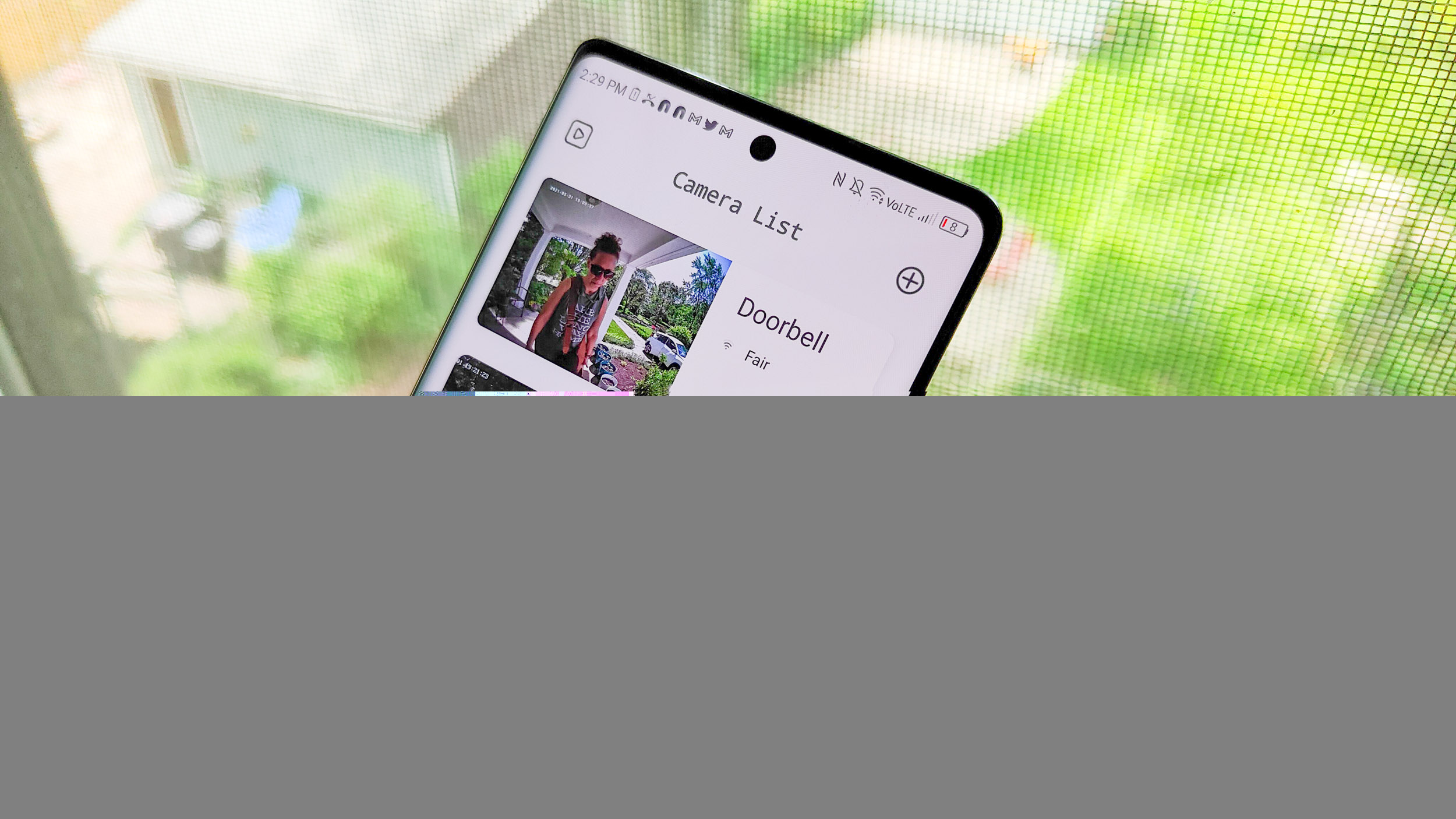
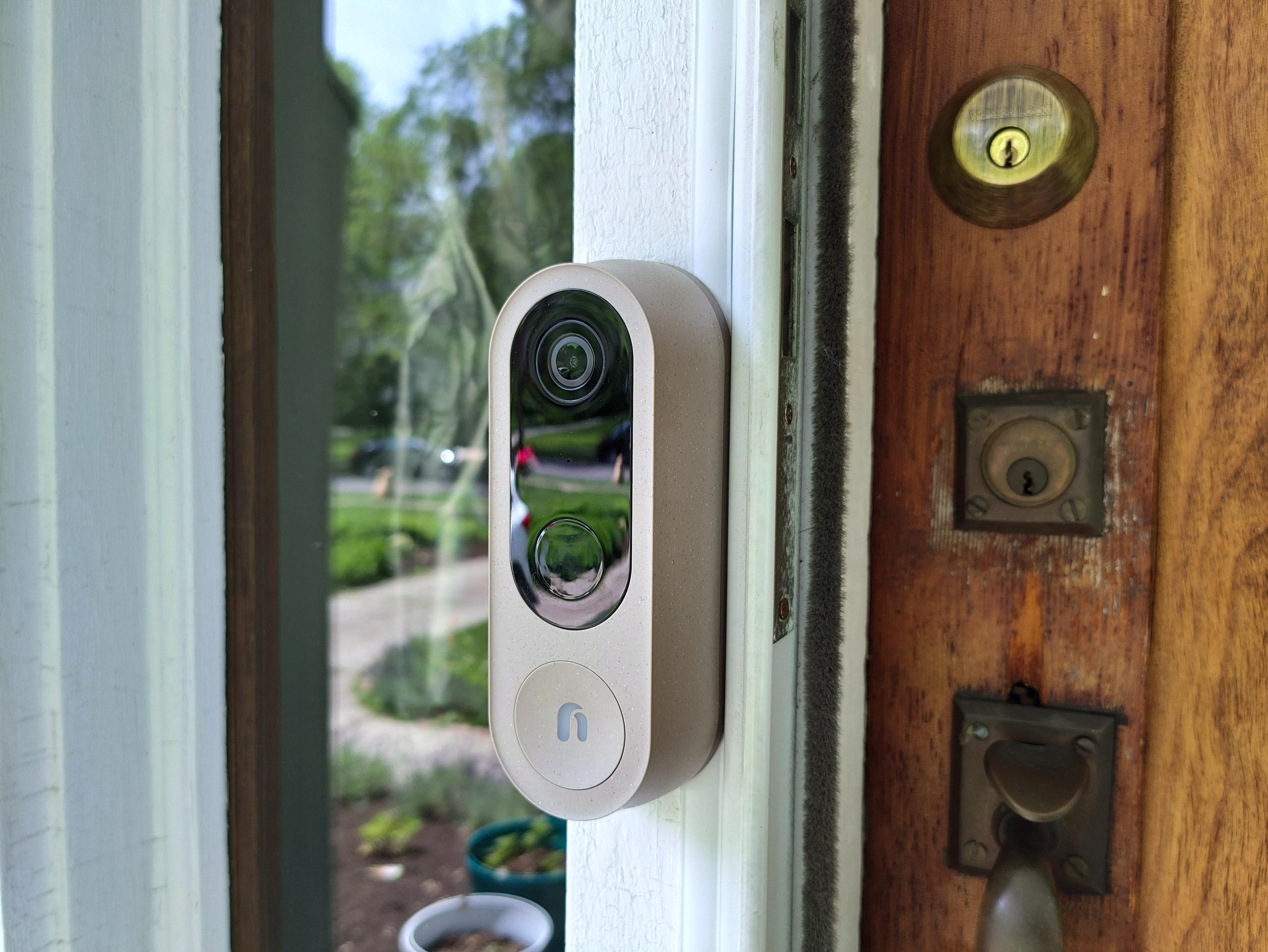

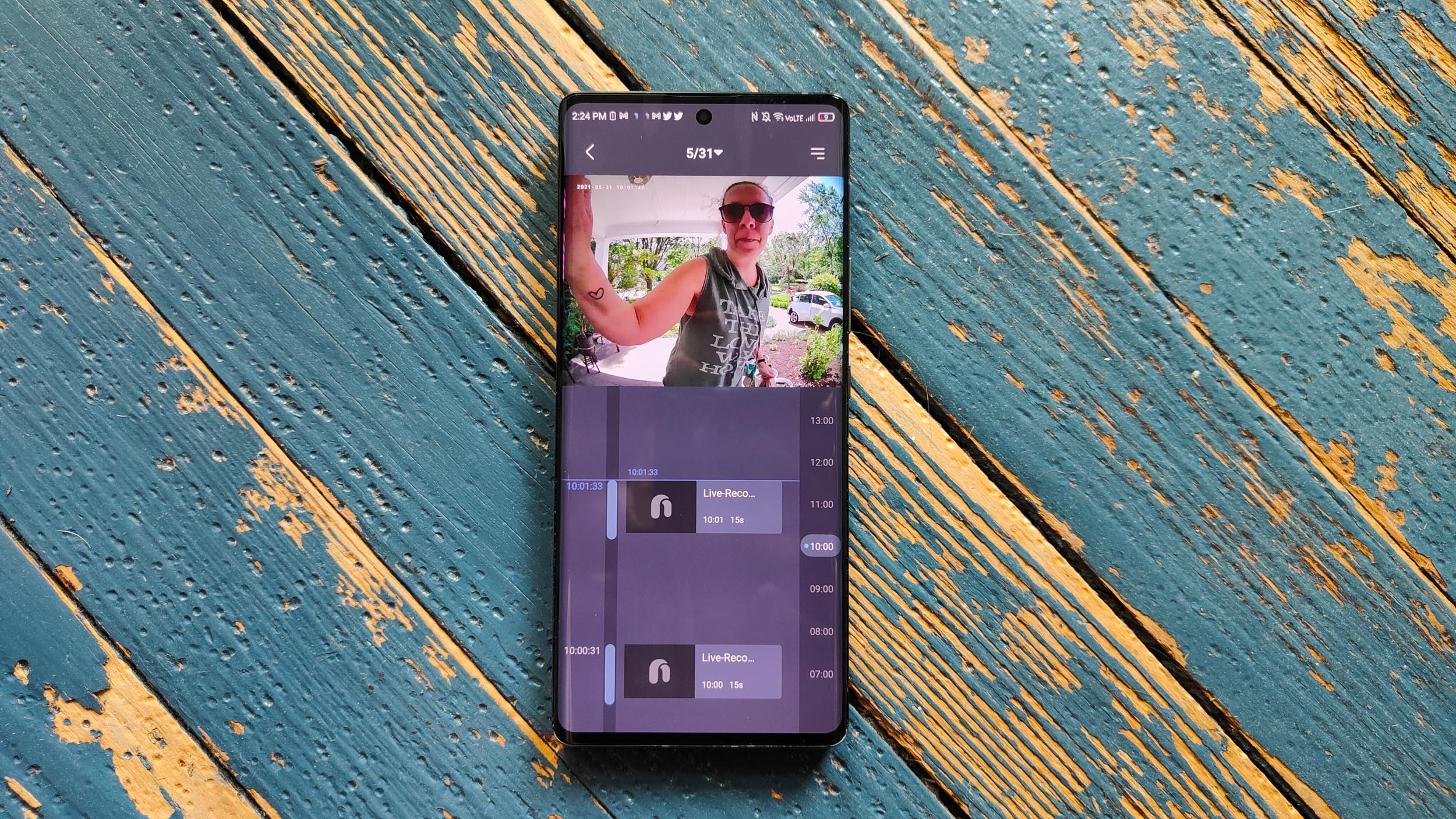



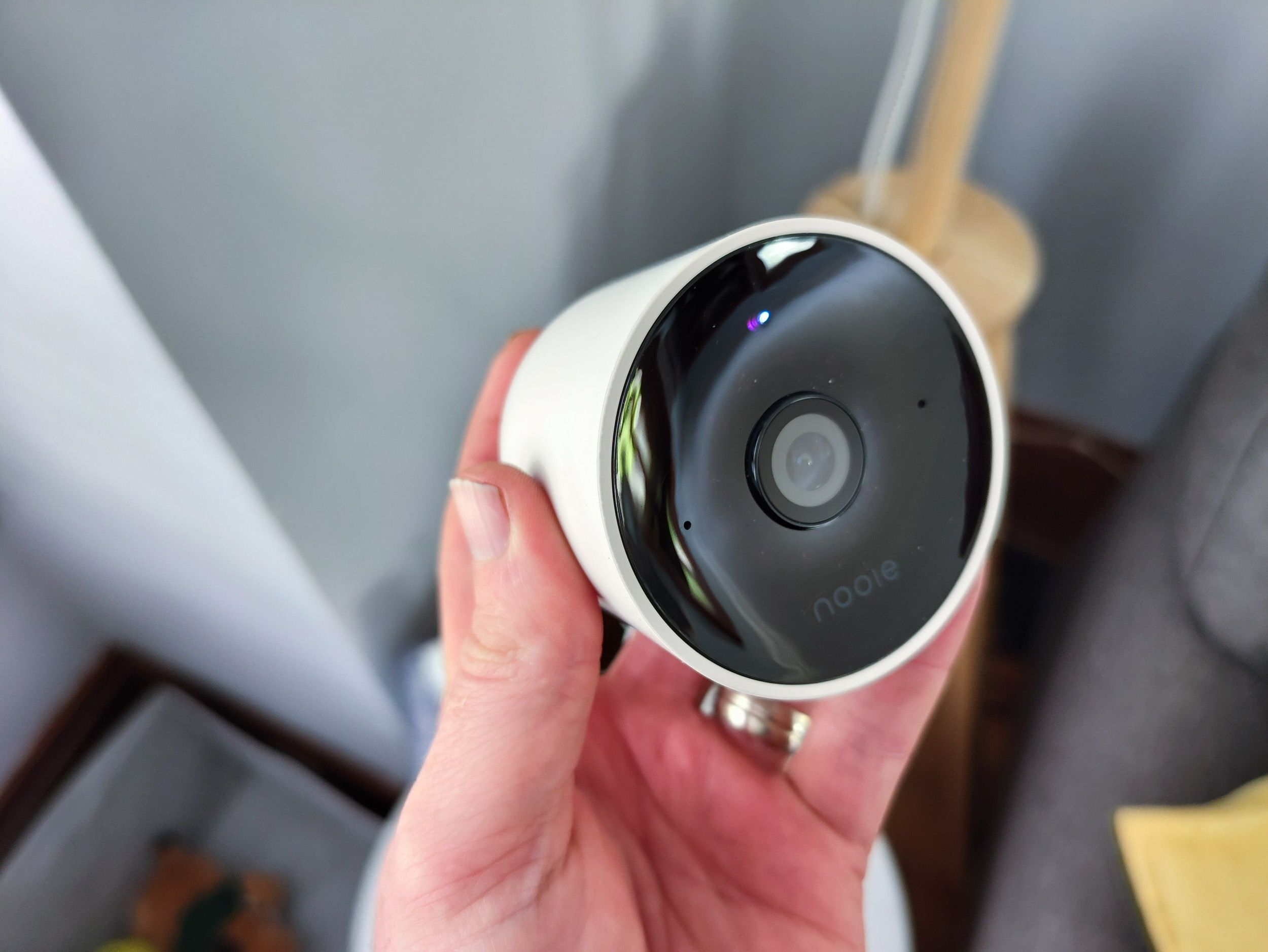
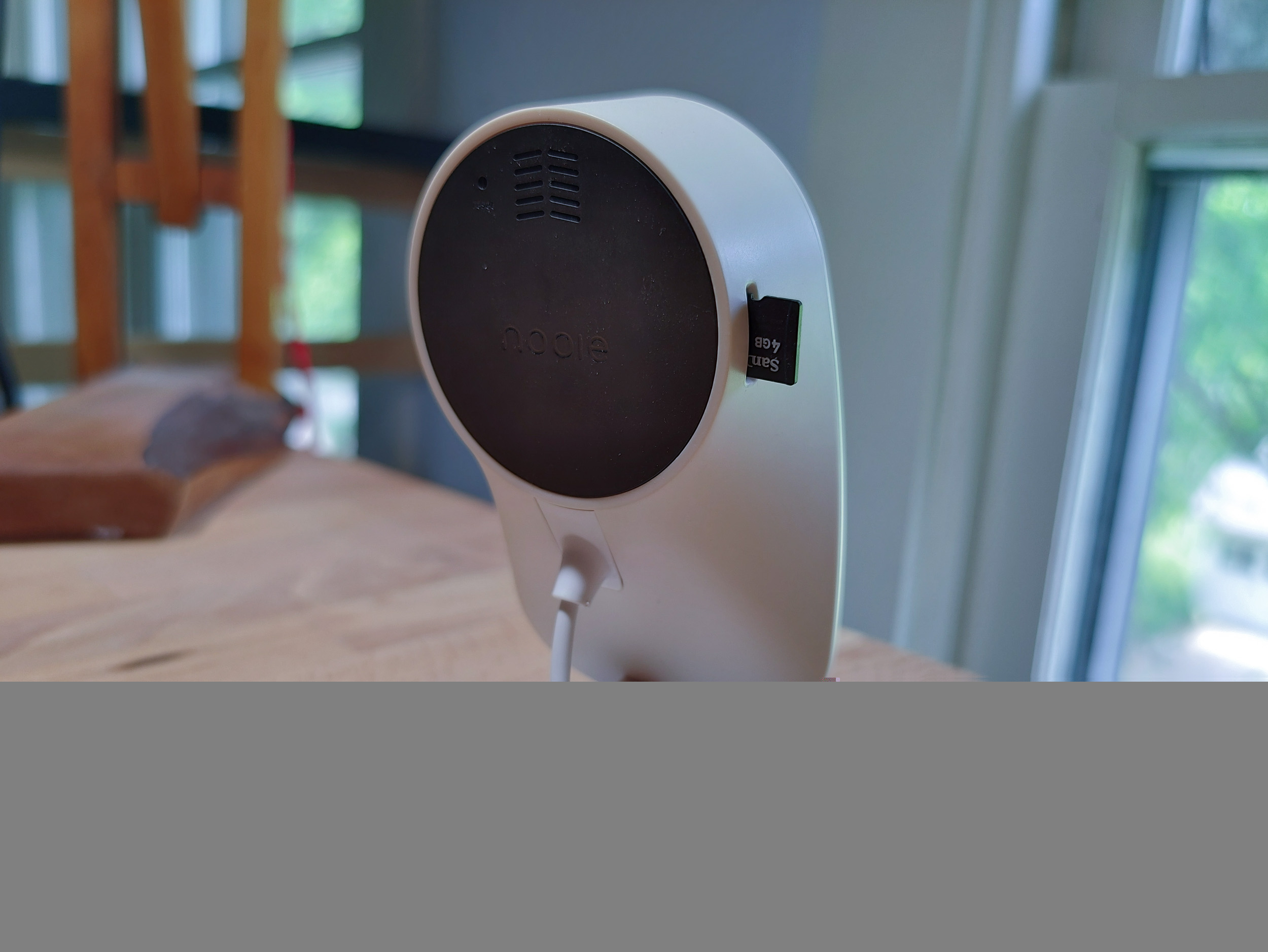
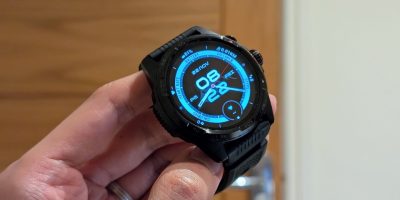






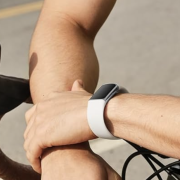
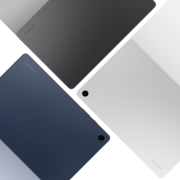

Comments